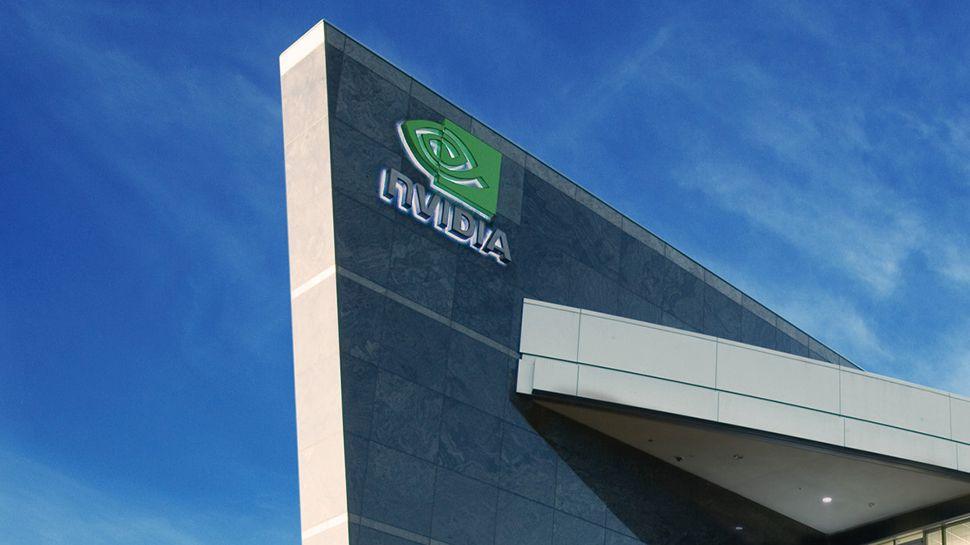- New Samsung AI Megafactory merges chipmaking, robotics and digital twins into one networked ecosystem
- Company integrates Nvidia Omniverse to simulate and optimize complex factory operations
- AI-driven lithography promises faster production cycles and more precise wafer pattern accuracy
Samsung has announced plans to build what it calls an “AI Megafactory,” powered by more than 50,000 Nvidia GPUs and the Nvidia Omniverse platform.
The project aims to integrate artificial intelligence into all its semiconductor, mobile and robotics operations.
This would pave the way for what could become a global benchmark in smart manufacturing and transform semiconductor and robotics production.
Extending AI to semiconductor design and production
Samsung’s goal is to use AI to connect design, manage processes, operate equipment and ensure quality control within a unified digital system.
Using Nvidia’s cuLitho and CUDA-X libraries, the company claims a 20-fold improvement in computational lithography.
These gains suggest that shorter development cycles and more efficient manufacturing are achieved through a process critical to producing accurate wafer designs.
However, questions remain about the long-term stability and maintenance of these AI-dependent systems.
The company is also collaborating with partners in electronic design automation to develop GPU-accelerated EDA tools that could redefine chip design efficiency.
Samsung will use Nvidia Omniverse libraries to create digital twins of its manufacturing plants, simulating factory operations to identify defects and optimize performance before real-world deployment.
While this approach can improve efficiency, it also increases Samsung’s reliance on cloud hosting and web hosting for data processing and visualization.
It also increases its reliance on AI-driven design, raising issues of monitoring, reproducibility, and the potential for technical lock-in within Nvidia’s ecosystem.
Samsung is also expanding its AI infrastructure into robotics, applying Nvidia RTX PRO 6000 Blackwell Server Edition systems and the Jetson Thor platform.
These technologies aim to improve the automation and autonomy of humanoid and industrial robots.
They promise greater precision and adaptability and reflect an industry trend toward merging physical and digital intelligence under centralized platforms.
The collaboration between Samsung and Nvidia spans 25 years, from providing memory for early graphics cards to jointly developing next-generation HBM4 memory.
The new AI Megafactory appears to strengthen this relationship, but the consolidation of advanced AI tools within a few dominant technology alliances raises broader concerns.
Follow TechRadar on Google News And add us as your favorite source to get our news, reviews and expert opinions in your feeds. Make sure to click the Follow button!
And of course you can too follow TechRadar on TikTok for news, reviews, unboxings in video form and receive regular updates from us on WhatsApp Also.




